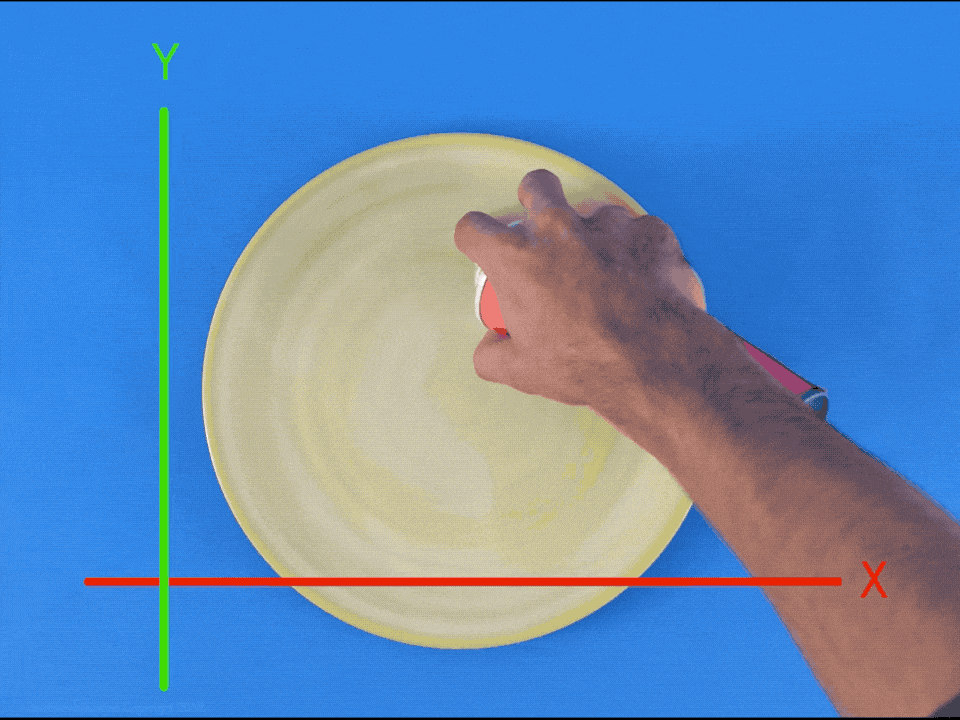LESSON 1
What is 3D Printing?
A brief introduction to the basic principles of 3D printing.
3D printing is a layering process. Material is deposited layer on top of layer until a 3D object is printed. The successive layering process known as 3D printing is sometimes referred to as additive manufacturing.
 Time lapse of a 3D printed object. Notice how it grows layer by layer.
Time lapse of a 3D printed object. Notice how it grows layer by layer.
You might be asking yourself "Why is it called printing? Are 3D printers at all related to paper printers?" Yes! In fact, there is a close relationship between them, you could even consider your 3D printer a direct descendent of your paper printer.
Copy machines and paper printers print in two dimensions by depositing material on a flat sheet, in this case ink on paper. In math class we would call these two dimensions the X and Y axes.
 A triangle printed in two dimensions with whipped cream.
A triangle printed in two dimensions with whipped cream.
A 3D printer works in the same way but adds an additional axis, the Z axis, to print in 3 dimensions.
Each individual layer of a 3D printed object is printed along the X and Y axes. When the 3D printer finishes a layer in the X and Y axes, the print head moves up along the Z axis to begin printing the next layer. To continue with our example, if we continue to draw a triangle on top of a triangle, moving up along the Z axis after completing each layer, we will end up with a 3D object. In this case a delicious whipped cream three-sided pyramid or tetrahedron.
 Time lapse of a tetrahedron additively made with whipped cream. Notice how each layer builds on top of the last to create a 3D object.
Time lapse of a tetrahedron additively made with whipped cream. Notice how each layer builds on top of the last to create a 3D object.
This layering process is how all 3D printers work regardless of differences in material and deposition method. By definition, 3D printing is the process of making a physical object from a digital file by additively layering material.
THOUGHT EXPERIMENT
What materials can you think of that could be extruded layer by layer to print an object?
